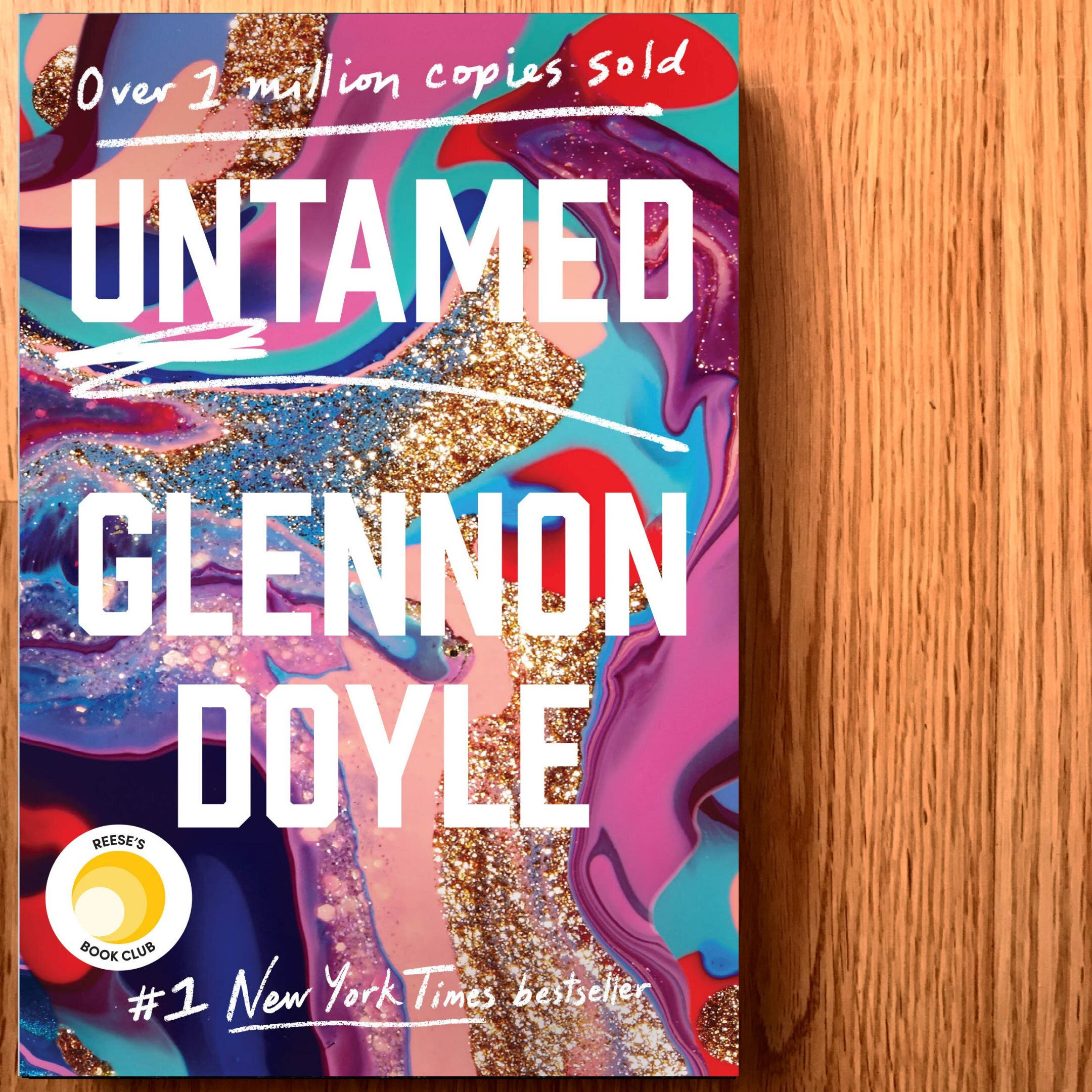Fans of Miriam Toews, like myself, will be excited to see another work of hers released this year. Toews is a Canadian favourite, giving us several previous literary gems such as A Complicated Kindness (winner of the Governor General’s Award and CBC Canada Reads), Irma Voth, A Boy of Good Breeding, and many others. Her writing style is incredibly unique, and she always hits those hard topics with quirk, charm, love, and joy. For this reason, I was so excited when given the opportunity to read and review Fight Night.
Fight Night is told to us by Swiv, a 9-year-old fighter who has been suspended from school and is being cared for by her lively grandma while her pregnant mother goes to work each day. Swiv is explaining or re-telling her experience of this whole time to us as it happens—all the day-to-day living they do, and the adventures they have. Plus, she goes deeper and communicates her fears for her mother and “Gord” (the baby).
One thing I think Toews is a master at is giving us incredibly charming, unique, quirky characters and strong, resilient women. Swiv is feisty, her mom is resilient, and her Grandma is something else entirely. All of them are so incredibly full of life while also fighting obvious demons. These women were charming and hilarious, and they were real. The way they spoke to each other reminded me of people I actually knew.
The undercurrent of this novel is the topic of mental health and grief. This is not evident the entire time because just as in life, mental health and grief are things people live with. They go on with their everyday lives, living in amongst the grief or the anxiety or the worry. This is what Swiv and her family do as well. She is worried about her mother’s mental health, her mom and her Grandma are grieving the deaths of people they were close to, and they do this while continuing to carry on, “fighting” for their own lives.
The theme of fighting in this novel was incredibly evident and multilayered as well. Swiv was suspended for physically fighting at school. There are conversations about people in their lives “losing the fight” against mental illness, becoming too tired to continue “fighting” against their own brains. There is continuous encouragement and experience by Swiv’s Grandma and Mom to fight for one’s self—to fight for your spark and your joy and against your brain when it comes to one’s own mental illness. They were all, and we are all, everyday fighting for our lives.
Toews has a very unique writing style, one that might not be loved by everyone, and this novel in particular is very unique in its voice and its style. If this is the first Toews novel you pick up, that may end up being a surprise for you, but I think past Toews fans will recognize her style and be happy to dive back in. I can’t say enough good things about how completely loveable Swiv’s narration of this is. It is funny, quirky, and childlike, in that she repeats things she would hear around her without always understanding them. Especially with her firecracker of a grandmother, the verbiage she passes along to us, the readers, is perfection.
I did start to wonder partway through Fight Night how it would all come together, whether there would be a defined direction or not. This is the only part of the book in which I wavered in my enthusiasm, as while I was loving listening to Swiv, I wondered whether there would be a point. Of course, already being familiar with Toews’s writing I expected there would be if I stuck it out. It did, right at the end, wrap up in a fantastic (albeit heartbreaking) little bow.
I am not sure if I would recommend Fight Night as the first Miriam Toews novel you pick up, as I felt being familiar with her style was a benefit to me while reading it, but if you do, please go in knowing it will be a unique reading experience and worth it at the end. For fans of Toews’s previous work, I think you’ll enjoy this one.
Thank you to Penguin Random House for the complimentary copy in exchange for an honest review!





















